
Tailoring Presentations to Lifestyle Segments

Engaging Diverse Audiences with Customized Presentations
In the dynamic world of home and lifestyle product marketing, tailoring presentations to specific lifestyle segments is not just an option; it's a necessity for resonating with diverse audiences. The key to a successful home appliance launch presentation, furniture launch keynote, or any lifestyle product unveiling is understanding that different groups of consumers have unique desires, challenges, and expectations. Customizing presentations allows brands to speak directly to these needs, creating a more intimate and persuasive communication channel. This strategy is crucial for companies aiming to showcase their products in a way that feels personally relevant to each segment, whether it's for luxury kitchenware, outdoor equipment, or pet care products.
The Backbone of Targeted Marketing Strategies
Customized presentations stem from a deep dive into consumer research, identifying distinct lifestyle segments based on demographics, psychographics, and behavioral patterns. For instance, a furniture launch presentation designed for millennials might focus on sustainability and minimalist design, leveraging digital platforms for wider reach. Conversely, a home appliance launch keynote targeting Gen X may highlight durability, multi-functionality, and value for money, presented in more traditional media. This approach ensures that the message not only reaches the intended audience but also resonates with their specific values and lifestyle.
Bringing Segmentation to Life through Real-world Applications
Real-world examples abound where brands have successfully harnessed the power of tailored presentations. One notable instance is a kitchenware launch presentation that segmented its audience by cooking expertise levels, offering customizable templates and ideas for both novice cooks and seasoned chefs. Another example includes an outdoor equipment launch keynote that targeted different outdoor activities, such as camping, hiking, and mountain biking, with each segment receiving a tailored set of slides, visuals, and keynotes designed to inspire and inform.
Validating with External References
Research supports the effectiveness of segment-specific presentations in enhancing engagement and purchase intent. Studies show that presentations designed with a specific audience in mind significantly outperform generic ones. For example, a survey by a leading marketing research firm revealed that tailored furniture launch keynotes received a 50% higher engagement rate compared to standard presentations. Furthermore, a case study on an apparel launch presentation demonstrated a 40% increase in sales when the presentation was customized for distinct fashion segments, showcasing the direct impact of personalized marketing on the bottom line.
Emotional Branding and Storytelling in Home Product Launches
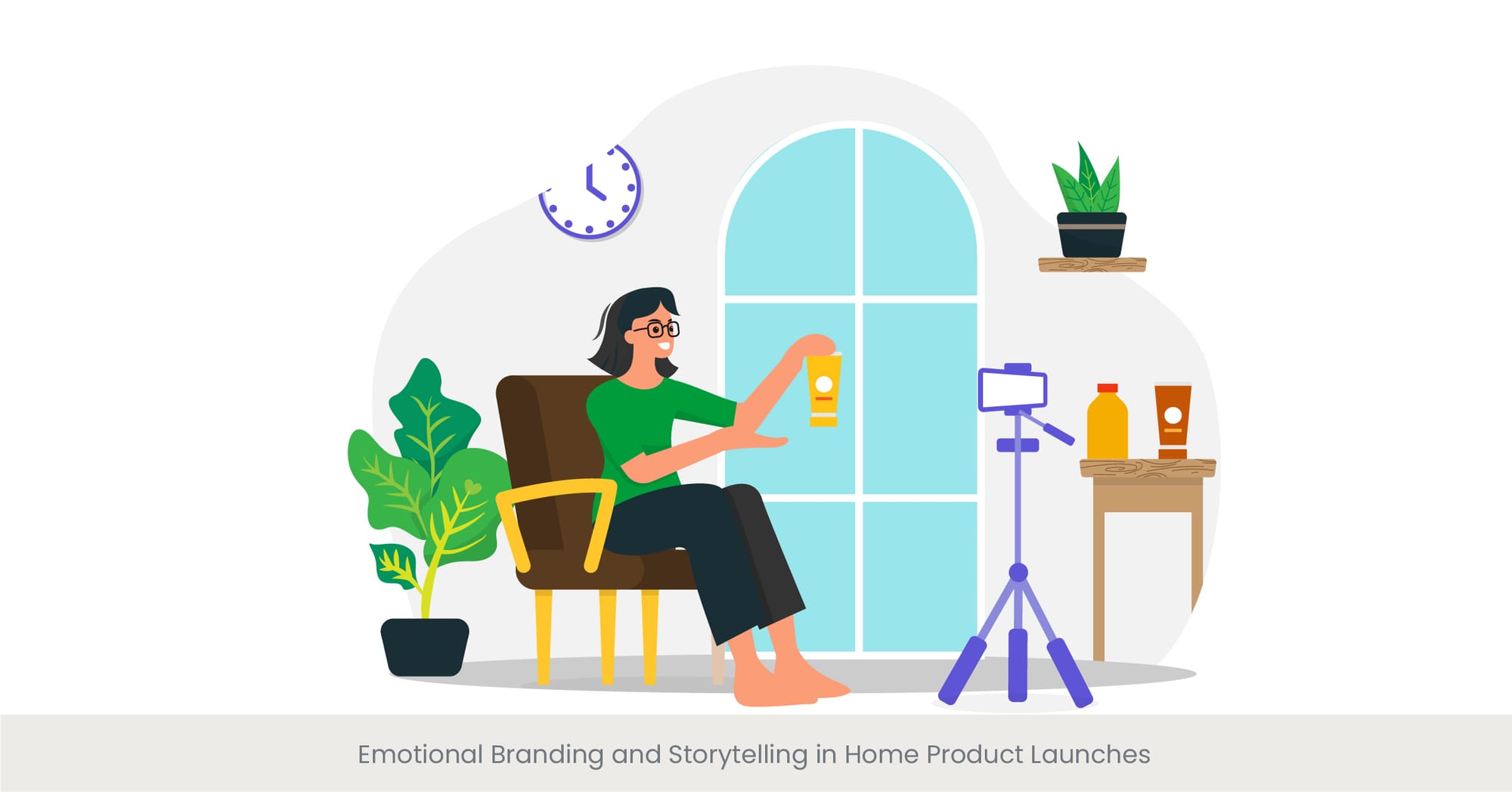
Crafting Stories That Resonate
At the heart of every successful home appliance launch presentation or furniture launch keynote lies a story that connects with the audience on an emotional level. Emotional branding and storytelling go beyond the mere features and benefits of a product; they delve into the experiences, memories, and aspirations that the product can bring to life. For instance, a kitchenware launch presentation might not just showcase the product's functionality but also narrate how it fits into the warm, joyous moments of family gatherings. This approach transforms a standard presentation into a compelling narrative that audiences can see themselves in, fostering a deeper emotional bond with the brand.
The Foundation of Emotional Engagement
The strategy behind emotional branding and storytelling involves tapping into universal emotions such as joy, trust, and belonging, and linking them to the brand’s values and product offerings. A pet care product launch keynote, for example, could evoke feelings of companionship and love, which are central to the pet owner's experience. By integrating these emotional elements into the presentation design, brands can create a powerful narrative that not only presents the product but also embeds it within the viewer's personal story and emotional landscape.
Real-world Success Stories
Companies that have excelled in emotional branding often see their products not just as items to be sold but as characters in their customers' life stories. A notable example is a home appliance brand that used customer testimonials in their launch presentation to tell investors the story of how its products have facilitated meaningful family connections. Another example includes an outdoor equipment brand that centered its keynote around the theme of adventure and discovery, effectively using videos and slides to transport the audience to breathtaking landscapes, thus associating the product with the thrill of exploration.
Supporting Evidence from Studies and Analyses
The effectiveness of emotional branding and storytelling is backed by numerous studies indicating that consumers are more likely to purchase from brands that they feel emotionally connected to. For instance, a survey revealed that presentations incorporating stories were 22% more memorable than those that didn’t. Additionally, a furniture launch keynote that employed emotional storytelling saw a 35% increase in consumer engagement, underscoring the impact of emotional narratives on audience connection and brand recall.
Integrating Customer Testimonials and Lifestyle Influencers

Harnessing Authentic Voices for Enhanced Credibility
In today’s digital age, customer testimonials and endorsements from lifestyle influencers have become invaluable assets in the arsenal of home and lifestyle product launches. When a potential customer hears a relatable story or sees a familiar face endorsing a product, such as in an apparel launch presentation or a kitchenware launch keynote, the message transcends traditional advertising. This strategy leverages social proof, where the experiences of others significantly influence buying decisions, making it a powerful tool for brands aiming to connect with their audience on a genuine level.
The Power of Relatability and Trust
Integrating customer testimonials into a presentation design offers a glimpse into real-life applications and satisfaction, providing potential buyers with relatable narratives that highlight the product's impact. Similarly, collaborating with lifestyle influencers, who often have a dedicated following that trusts their opinions, can add a layer of authenticity and trustworthiness to the brand’s message. For example, incorporating a video testimonial from a satisfied user in a home appliance launch presentation or featuring a lifestyle influencer in an outdoor equipment launch keynote can significantly enhance the presentation design's appeal and credibility.
Illustrating Success Through Real-life Examples
The practical application of this strategy can be seen in various successful product launches. A furniture launch presentation that included customer stories of transformation and comfort led to a notable increase in interest and inquiries. Meanwhile, a pet care product launch that featured popular pet influencers sharing their positive experiences saw a spike in social media engagement and website traffic. These examples highlight how testimonials and influencer collaborations can serve as compelling content that resonates with the audience, driving both interest and sales.
Validation through External Research and Insights
The effectiveness of incorporating testimonials and influencer endorsements is supported by research showing that 92% of consumers trust earned media, such as recommendations from friends and influencers, more than any other form of advertising. Moreover, a study on consumer behavior found that presentations featuring customer testimonials saw a 70% increase in purchase intention compared to those without. This data underscores the significant impact that authentic, relatable voices can have on the success of home and lifestyle product presentations.
Creating Immersive Experience Zones
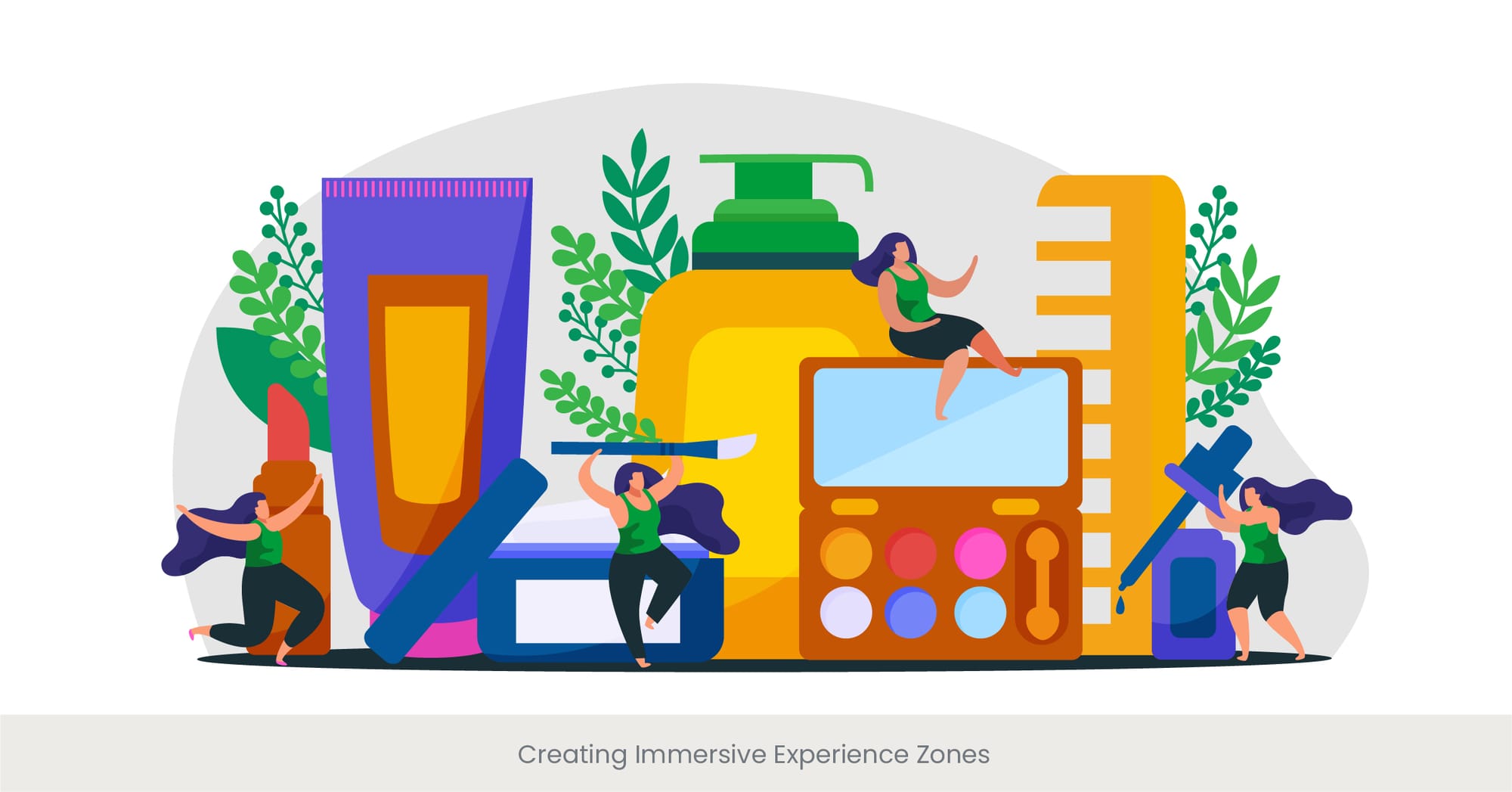
Revolutionizing Product Showcases with Sensory Engagement
The concept of immersive experience zones represents a paradigm shift in how products are presented to consumers. Rather than relying solely on visual slides or verbal descriptions in a furniture launch keynote or a kitchenware launch presentation, immersive zones engage customers in an environment where they can see, touch, and feel the products within contextual settings. This hands-on approach not only enhances product appeal but also allows customers to envision the products in their own lives, making the presentation more impactful and memorable.
Building the Foundation: The Importance of Context and Environment
Creating an immersive experience zone requires meticulous planning and a keen understanding of the product’s role in the consumer's lifestyle. For a home appliance launch presentation, for example, setting up a mock kitchen where customers can interact with the appliances in a cooking demonstration can significantly enhance product understanding and desirability. Similarly, for an outdoor equipment launch, a simulated environment that mimics outdoor adventures can provide a realistic preview of the product's performance. These curated experiences are designed to build a narrative around the product, fostering a deeper emotional and functional connection.
Success Stories from the Field
Numerous brands have successfully leveraged immersive experience zones to elevate their product launches. A notable example is a luxury home decor brand that created a series of room setups allowing visitors to interact with new product lines in a home-like environment, resulting in increased engagement and higher sales post-event. Another example includes a tech company specializing in smart home products, which created an interactive house tour highlighting how their products integrate seamlessly into daily life, significantly boosting customer interest and product comprehension.
Supporting Evidence and Market Trends
The move towards immersive experience zones is backed by consumer preference trends indicating a desire for experiential shopping. Research shows that immersive experiences can increase consumer engagement by up to 66%, with 73% of people more likely to purchase a product after an engaging experience. Furthermore, a study on retail trends revealed that experience-driven presentations lead to longer visit times and higher conversion rates, demonstrating the tangible benefits of creating environments that allow consumers to fully experience products.
Visual Strategies for Presenting Home and Lifestyle Products
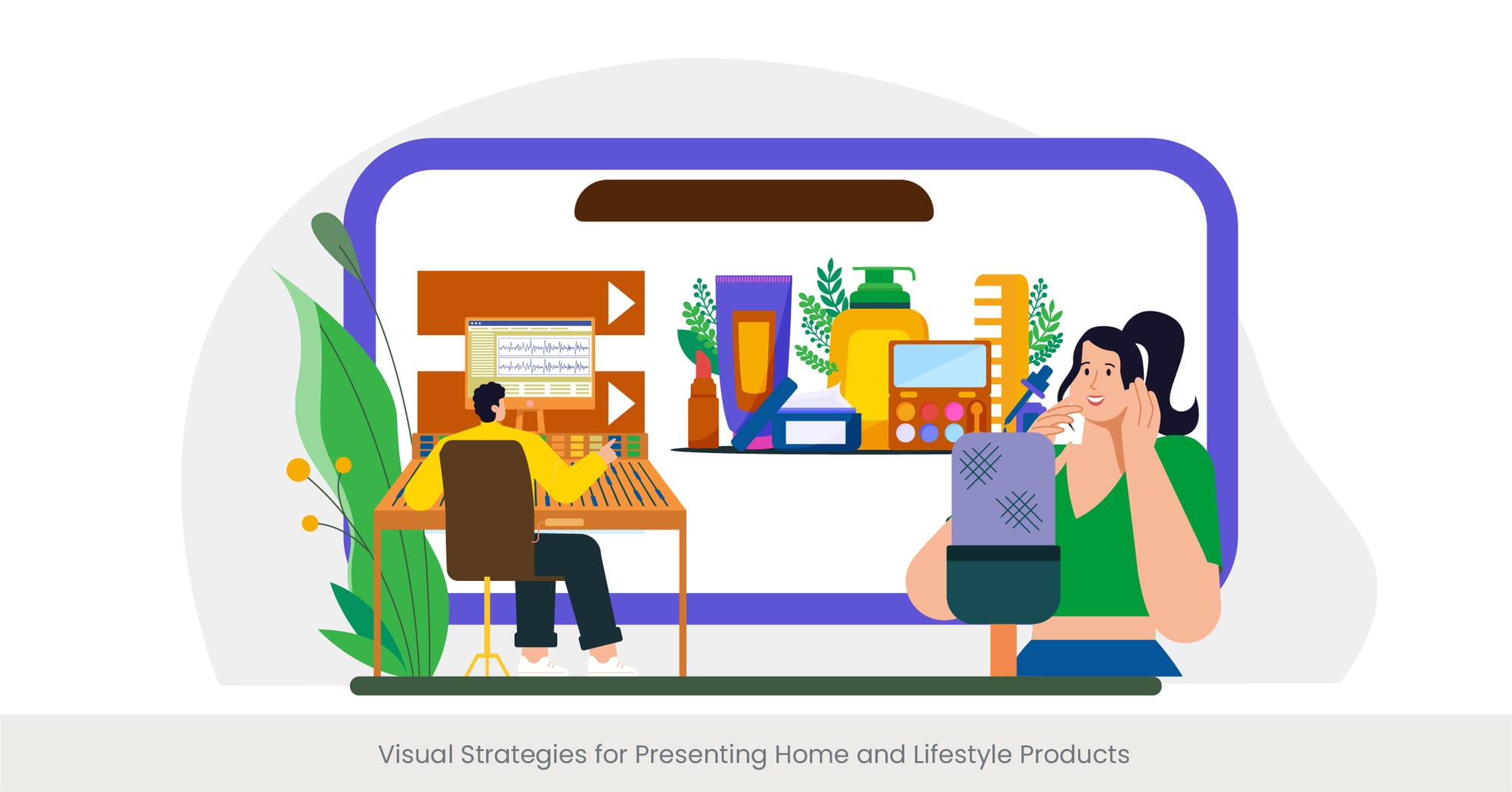
The Art of Visual Storytelling
In the realm of home and lifestyle product presentations, the power of visual storytelling cannot be overstated. High-quality images, thoughtful composition, and a coherent visual theme are paramount in creating an engaging apparel launch presentation or an impactful furniture launch keynote. Visual strategies extend beyond mere decoration; they are a critical communication tool that can evoke emotions, communicate benefits, and highlight the unique selling points of products. Whether it's through a meticulously designed slide deck, product mockups, or lifestyle photography, visuals play a crucial role in how potential customers perceive and connect with the brand.
Crafting a Cohesive Visual Identity
A successful presentation design employs a consistent visual identity that aligns with the brand’s ethos and the product's positioning. This includes the careful selection of colors, fonts, and imagery that reflect the lifestyle and values of the target audience. For instance, a kitchenware launch keynote might utilize warm, inviting colors and images of communal meals to evoke a sense of warmth, food and family. Similarly, an outdoor equipment launch presentation could incorporate vibrant colors and dynamic imagery to convey a sense of adventure and freedom. Consistency in visual elements across all presentation materials creates a memorable brand image that resonates with the audience long after the presentation ends.
Roadshow presentation design is critical for capturing attention during corporate roadshows and investor meetings. The design must effectively convey your brand's vision, product innovations, and market positioning. Incorporating visual storytelling, concise data representation, and smooth transitions ensures your presentation resonates with diverse audiences and helps secure potential investments.
Highlighting Success Through Visual Examples
Brands that have mastered visual strategies often see their products become icons of design and desire. A notable case is a high-end home appliance brand that utilized sleek, minimalist photography to underscore the sophisticated engineering and luxury appeal of its products, resulting in a significant uplift in brand perception and sales. Another example involves a pet care product launch that used heartwarming videos of pets and their owners to showcase the product's impact on pet health and happiness, effectively driving emotional engagement and consumer interest.
The Impact of Visual Excellence Supported by Research
The effectiveness of visual strategies in product presentations is well-documented. Research indicates that presentations with strong visual elements can increase audience engagement by up to 94%. Moreover, a study focusing on consumer behavior found that products presented with high-quality visuals were perceived as more valuable, leading to a higher willingness to pay among potential customers. This evidence underscores the critical role of visual strategies in enhancing the attractiveness and perceived value of home and lifestyle products.
Corporate event presentations demand a polished design that aligns with the professionalism of the occasion. Whether it's a conference, seminar, or awards ceremony, the slides should be tailored to communicate key points clearly, engaging the audience with relevant data, compelling visuals, and interactive elements, ensuring impactful takeaways.
Social Media Campaigns for Pre-Launch Buzz
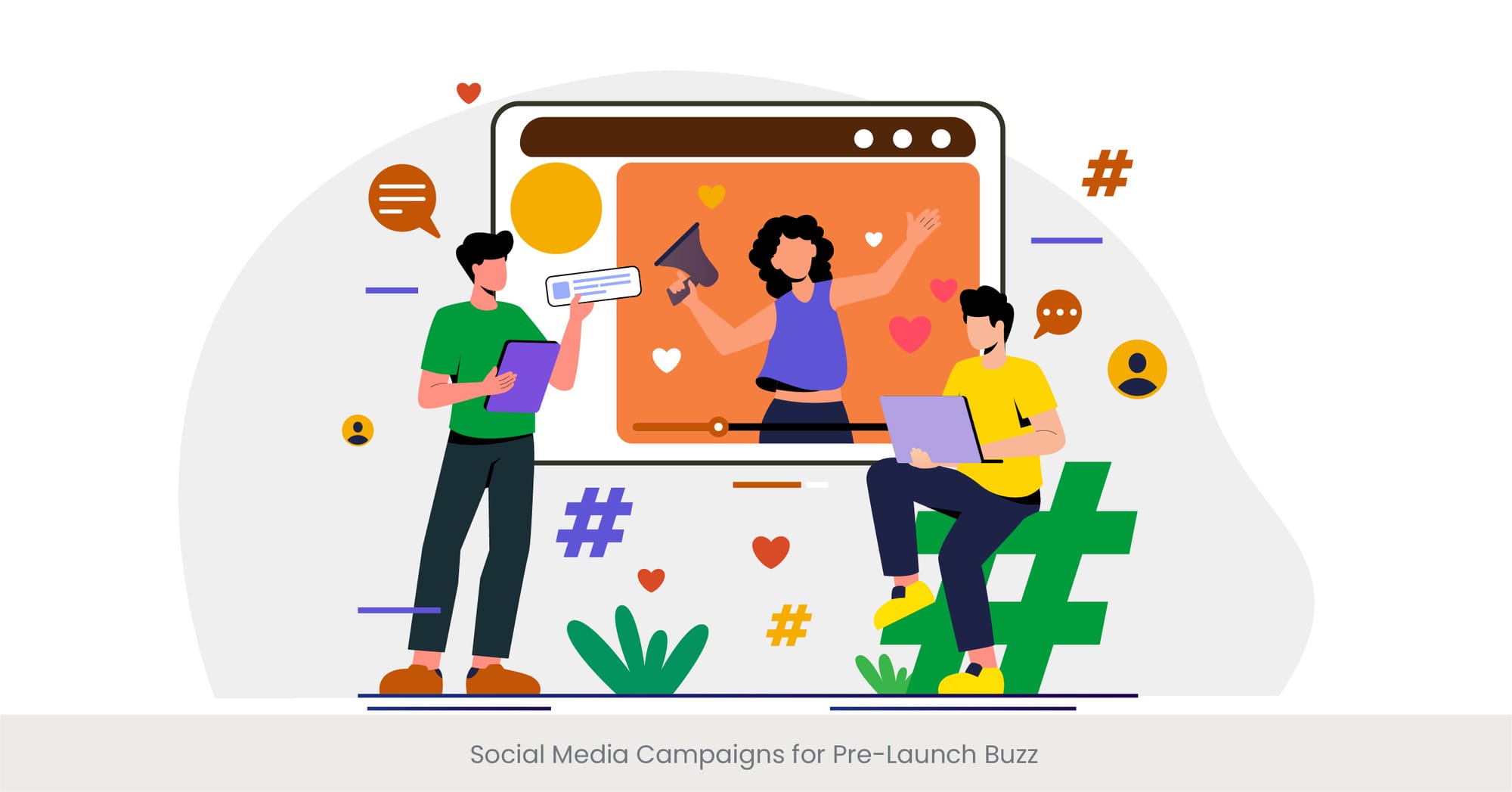
Building Anticipation Through Strategic Teasing
Social media stands as a powerful tool in the arsenal of brands looking to generate buzz around upcoming home and lifestyle product launches. By strategically teasing the product through sneak peeks, countdowns, and behind-the-scenes content, companies can create a sense of anticipation and curiosity among their audience. A successful campaign employs a mix of content formats, including posts, stories, videos, and live sessions, to keep the audience engaged and excited. For instance, an apparel launch presentation can be preceded by a series of posts featuring fabric swatches, design sketches, and teaser videos that hint at the new collection's theme and inspiration.
Leveraging Influencer Partnerships for Wider Reach
Collaborating with lifestyle influencers and brand ambassadors on social media is an effective way to extend the reach of pre-launch campaigns. Influencers can share exclusive previews, unboxing experiences, or even their involvement in the product development process, offering their followers a unique insider view. This not only diversifies the content but also taps into the influencer's credibility and trust with their audience. For example, a furniture launch keynote can gain significant traction by partnering with home decor influencers who showcase how they would integrate the new pieces into their own spaces.
Community outreach presentations focus on fostering connections and promoting social causes. These presentations should be designed with empathy, highlighting the initiative’s goals, benefits, and community impact. Effective use of relatable visuals, personal stories, and data-driven insights can build trust and encourage collaboration from community members, making the message more powerful.
Real-World Examples of Successful Campaigns
Many brands have harnessed the power of social media to create unforgettable pre-launch buzz. A standout example includes a kitchenware brand that launched a series of interactive cooking challenges on social media, encouraging users to guess the features of the new product line. This not only engaged the community but also built substantial anticipation for the launch. Another example is a pet care product launch that utilized user-generated content, inviting pet owners to share their current challenges and needs, thus creating a narrative that the upcoming product would address.
The Measurable Impact of Social Media Buzz
The effectiveness of social media campaigns in generating pre-launch buzz is backed by impressive statistics. Studies show that brands employing comprehensive social media strategies see a significant increase in engagement and interest in the weeks leading up to the product launch. Additionally, a survey revealed that 78% of consumers are more inclined to purchase a product after being exposed to it on social media, highlighting the importance of these platforms in influencing buying decisions.
Collaborating with Designers for Product Showcasing
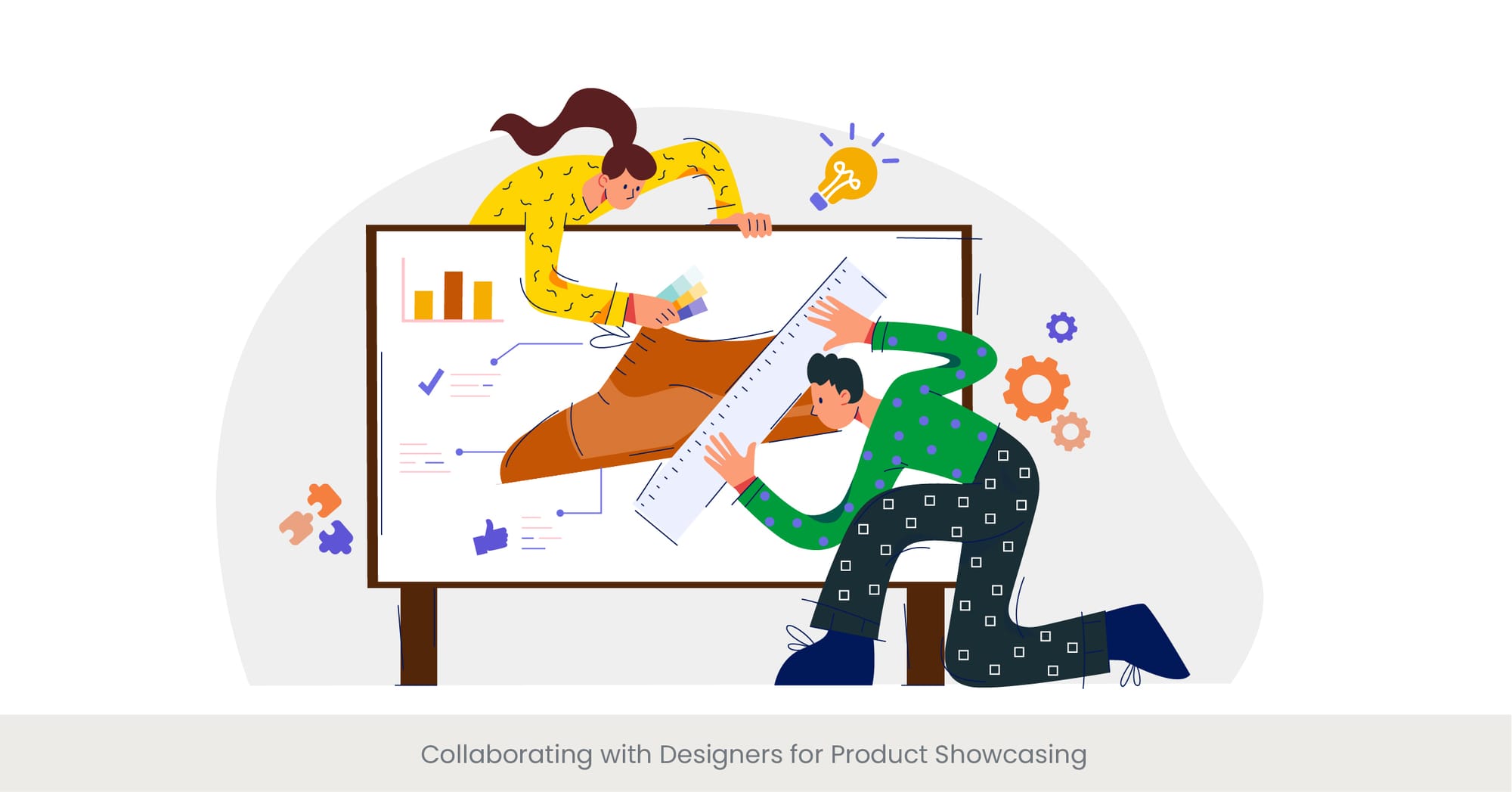
Uniting Creativity and Strategy
In the competitive landscape of home and lifestyle product launches, collaboration with designers offers a unique avenue to elevate product presentation. This approach leverages the creativity, expertise, and vision of both product and graphic designers to create compelling showcases that resonate with the target audience. Whether it's for an apparel launch presentation or a furniture launch keynote, working alongside designers can ensure that every aspect of the product is highlighted in an innovative and visually captivating manner. This synergy not only enhances the aesthetic appeal of the presentation but also ensures that the product’s features are communicated clearly and engagingly.
Crafting a Cohesive Visual Story
The collaboration process often involves brainstorming sessions, where designers and product teams come together to collaborate to develop a cohesive visual story that aligns with the brand’s values and the product's unique selling points. This might include the creation of custom templates, slides, and other visual elements that are tailored to showcase the product’s design, functionality, and lifestyle fit. For example, a kitchenware launch presentation might feature bespoke illustrations that highlight the product’s ergonomic features, while an outdoor equipment launch might utilize dynamic photography to convey the thrill of adventure.
Showcase Success Stories
Successful collaborations between brands and designers have led to some of the most memorable product showcases. One notable example is a home appliance brand that worked with renowned interior designers to create immersive installation pieces for a launch event, blending the product seamlessly into stylish, aspirational home settings. Another example is an apparel brand that collaborated with graphic designers to create an interactive catalog, incorporating augmented reality features that allowed customers to see how the clothing would look on them in various settings, significantly increasing engagement and interest.
Annual gala presentation slides play a pivotal role in captivating the audience at prestigious events. The design should reflect the event's tone, featuring dynamic visuals, high-quality animations, and clear messaging. Custom presentations ensure a memorable experience, keeping attendees engaged throughout while seamlessly highlighting key moments of the evening.
Validating the Approach with Evidence
The effectiveness of designer collaborations in product showcasing is supported by marketing research indicating that visually cohesive and creatively presented products tend to attract more attention and generate higher sales. A study on consumer behavior revealed that presentations incorporating professional design elements were 85% more likely to captivate the audience’s interest and lead to a positive purchasing decision. Furthermore, brands that consistently present their products in a visually appealing manner are more likely to build a loyal customer base and enjoy long-term success in the market.
Interactive Catalogs and Augmented Reality Features
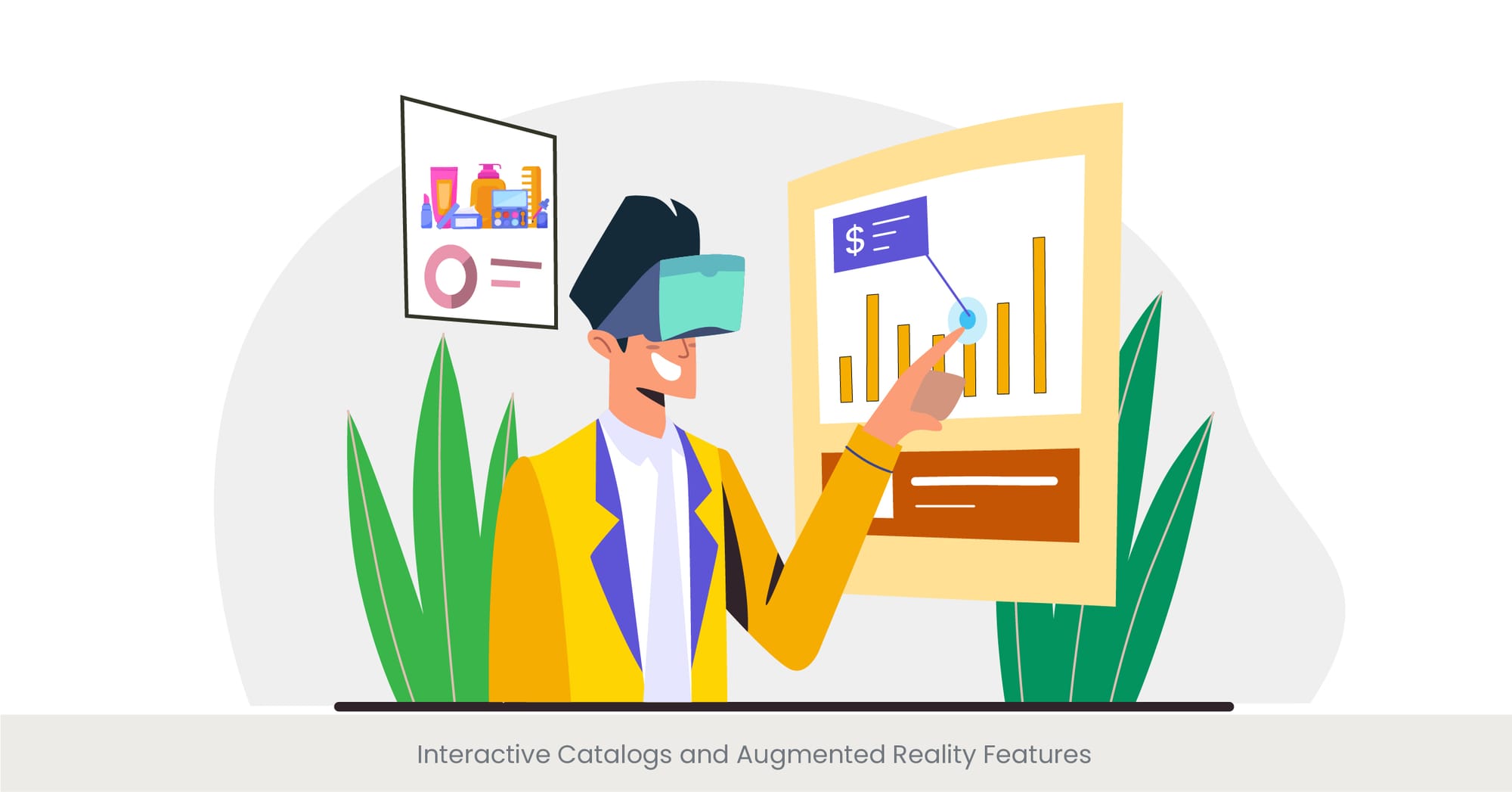
Bridging the Gap Between Digital and Physical
In today's digital-first world, interactive catalogs and augmented reality (AR) features stand out as revolutionary tools in product showcasing. These technologies allow customers to interact with home and lifestyle products in a virtual environment, offering a closer look at the design, functionality, and fit within their own spaces. For instance, an interactive catalog for a furniture launch might include 3D models of furniture pieces that users can place and view in their own homes through a smartphone or tablet. Similarly, an augmented reality feature for a kitchenware launch presentation could allow customers to virtually use the kitchenware, providing a unique, hands-on experience without the physical product.
Enhancing Customer Engagement Through Technology
The key to successfully integrating interactive catalogs and AR features lies in understanding the customer's journey and identifying opportunities to enhance engagement through technology. By incorporating elements such as virtual try-ons, 360-degree views, and customizable options, brands can create a more engaging and personalized shopping experience. This not only aids in the decision-making process but also increases the likelihood of customer satisfaction and loyalty. For outdoor equipment launches, AR trails that simulate product use in various outdoor settings can offer an immersive preview of the product’s performance in real-world conditions.
Real-world Applications and Success Stories
Several brands have effectively utilized interactive catalogs and AR features to transform their product presentations and customer experiences. A prominent home decor brand introduced an AR app that allows customers to visualize how different decor items would look in their spaces, leading to a notable increase in consumer confidence and sales conversions. Another example is a pet care brand that developed an interactive catalog with AR, enabling customers to see how different pet products would fit and look in their homes, significantly enhancing customer engagement and satisfaction.
Supporting Data on the Impact of AR and Interactive Technologies
The impact of interactive catalogs and AR features on consumer engagement and sales is significant. Studies show that AR experiences can increase user engagement by up to 40%, and brands employing AR features report a 20% rise in conversion rates compared to those using traditional online catalogs. Furthermore, research indicates that customers who engage with AR features are 2.5 times more likely to make a purchase, underscoring the powerful influence of immersive technologies on buying behavior.
Post-Launch Customer Engagement Tactics
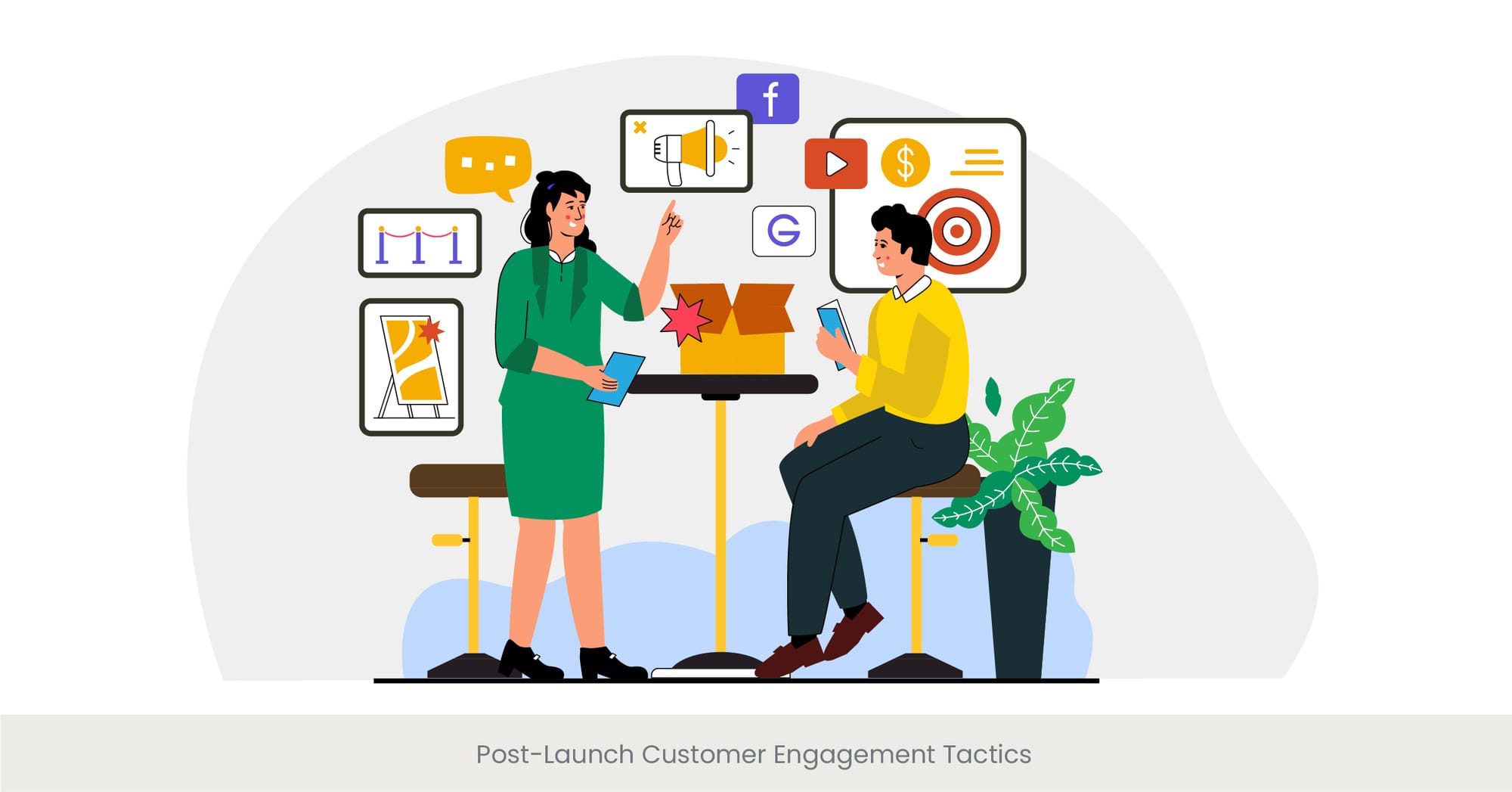
Sustaining Momentum with Engaging Content
After the excitement of a product launch, brands must continue engaging with their audience to sustain interest and loyalty. Effective post-launch customer engagement tactics often involve creating and sharing content that adds value for the customer beyond the purchase. This can include how-to videos for a kitchenware launch presentation, styling tips following an apparel launch presentation, or user-generated content showcasing real-life applications of outdoor equipment. Such content not only keeps the brand top of mind but also encourages repeat visits and interactions on the brand’s digital platforms.
Leveraging Feedback Loops for Continuous Improvement
An essential aspect of post-launch engagement is actively soliciting and incorporating customer feedback. This approach demonstrates to customers that the brand values their input and is committed to continuous improvement. For example, following a home appliance launch presentation, brands can invite customers to share their experiences and suggestions through surveys, social media polls, comment below, or direct communications. This feedback not only informs product development and improvement but also fosters a sense of community and co-creation among users.
Real-World Examples of Successful Engagement
Many brands have successfully executed post-launch engagement strategies that have resulted in increased customer loyalty and product advocacy. A notable instance is a furniture brand that launched a series of online workshops and Q&A sessions with designers post-launch, deepening customer engagement and enhancing the product experience. Another example is a pet care brand that established a dedicated online forum for customers to share stories, tips, and photos of their pets using the products, creating a vibrant community of brand advocates.
The Impact of Effective Engagement Strategies
The benefits of implementing robust post-launch customer engagement tactics are clear. Studies have shown that brands that maintain active engagement with their customers post-launch see higher levels of customer satisfaction, repeat business, and referrals. Additionally, a report on consumer behavior revealed that ongoing engagement efforts can increase customer lifetime value by up to 30%, underscoring the long-term benefits of these strategies.
Analyzing Successful Home and Lifestyle Launches
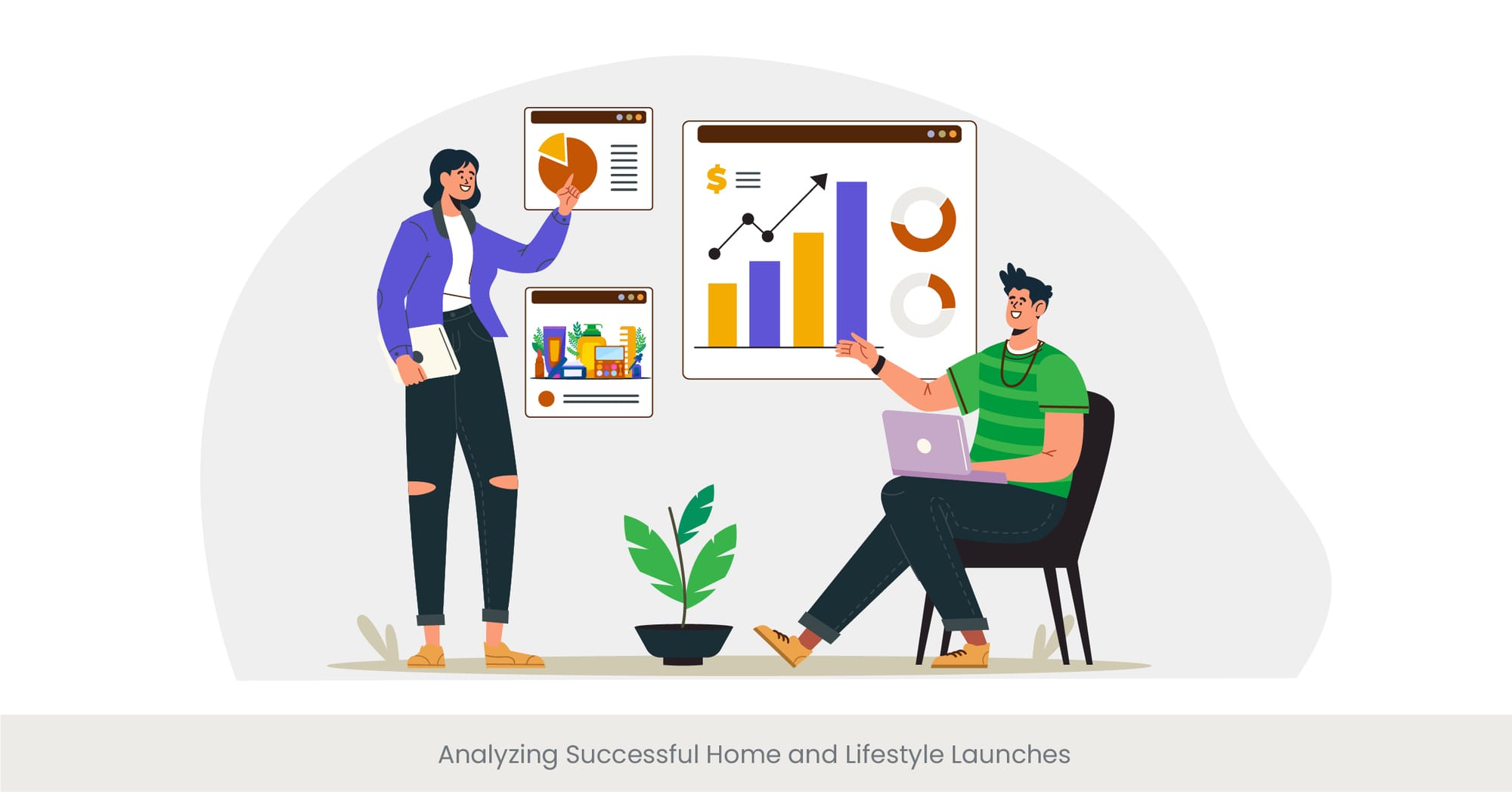
Identifying Key Success Factors
The landscape of successful home and lifestyle product launches is diverse, yet certain key factors consistently emerge as critical to their success. These include a deep understanding of the target audience, the creation of compelling and relatable narratives, seamless integration of technology, and the cultivation of an engaging brand experience. For example, an apparel launch presentation that resonates with audiences often goes beyond showcasing products to tell a story that aligns with the viewers' values and aspirations. Similarly, a kitchenware launch keynote that leverages augmented reality to provide an immersive experience can significantly enhance customer interest and interaction.
Lessons from Market Leaders
Market leaders in the home and lifestyle domain offer valuable lessons in executing successful product launches. A common thread among these successes is the ability to blend innovative presentation techniques with authentic engagement strategies. For instance, a furniture brand achieved considerable acclaim by integrating customer testimonials and lifestyle influencers into its launch, adding credibility and relatability to its message. Another brand utilized social media campaigns effectively to build anticipation for a home appliance launch, demonstrating the power of digital platforms in generating pre-launch buzz.
Case Studies of Memorable Launches
Delving into specific case studies, we can observe the strategic nuances that contribute to the impact of a launch. One memorable launch involved a pet care product that was introduced through an interactive catalog, allowing customers to see how the product fits into their lives before making a purchase. Another example is an outdoor equipment brand that created an immersive experience zone, enabling customers to test products in simulated outdoor environments. These cases highlight the importance of customer experience and interaction in making a product launch memorable and successful.
Validating Success Through Data and Feedback
The effectiveness of these strategies is often validated through a combination of sales data, customer feedback, and market analysis. Successful launches typically show a marked increase in brand awareness, customer engagement, and ultimately, sales. For example, analysis of a successful home decor launch revealed a 25% increase in online engagement and a 40% rise in sales in the months following the launch. Such data not only affirm the success of the launch strategies but also provide invaluable insights and ideas for refining future marketing efforts.
FAQs:
How do you introduce a new clothing brand?
Introducing a new clothing brand effectively involves leveraging emotional branding, storytelling, and targeted presentations. Creating a compelling narrative that resonates with your target audience's values and lifestyle is key. Utilizing social media for pre-launch buzz and collaborating with fashion influencers can also amplify your brand's reach and appeal.
What should be included in a product launch presentation?
A product launch presentation should include a clear value proposition, key features and benefits, target audience insights, and compelling storytelling. Integrating customer testimonials, high-quality visuals, and interactive elements like augmented reality can enhance engagement and comprehension.
How much does it cost to start a clothing line?
The cost to start a clothing line can vary widely, depending on the scale, production methods, and materials used. Initial costs can range from a few thousand dollars for a small, direct-to-consumer brand to several hundred thousand for a larger operation equipped with extensive inventory and marketing campaigns.
How can I start my clothing brand in India?
Starting a clothing brand in India involves market research to identify your niche, registering your business, sourcing quality materials, and establishing production processes. Building a strong online presence and engaging with your audience through social media and influencer partnerships are also crucial steps.
How do you introduce a product presentation?
Introduce a product presentation by setting the context and highlighting the problem your product solves. Share a compelling story or statistic that grabs attention and seamlessly transition into slides showcasing your product's unique features and benefits.
What presentation should be used to sell a product?
The presentation used to sell a product should be visually engaging, concise, and focused on the product's benefits to the customer. Utilizing a mix of storytelling, customer testimonials, and interactive demos can make the presentation more persuasive.
Why is product presentation important?
Product presentation is important because it significantly influences the customer's perception of the product's value and relevance to their needs. A well-crafted presentation can enhance product understanding, build brand trust, and motivate purchasing decisions.
How do you start an introduction for a presentation?
Start an introduction for a presentation with a hook that captures the audience's interest, such as a surprising fact, a question, or a brief story. Clearly state the topic and objectives of your presentation and why they matter to your audience.
How do you present a product concept?
Presenting a product concept effectively involves explaining the idea clearly, outlining its benefits, and demonstrating how it addresses specific customer needs or market gaps. Using visuals, prototypes, or conceptual mockups can help convey the concept more vividly.
How do you make a good-looking keynote?
Making a good-looking keynote involves using a clean, consistent design template, high-quality images, and limited text per slide. Employing visual aids like charts, graphs, and videos can enhance the presentation's appeal and effectiveness.
Does Keynote have brochure templates?
Yes, Keynote offers a variety of templates that can be adapted for different purposes, including brochures. While not every template is specifically designed for brochures, creative customization of slides can achieve a brochure-like layout.
What is the app Keynote used for?
The app Keynote is used for creating presentations and slideshows. It offers a wide range of design tools, templates, and animations to help users craft engaging and visually appealing presentations.
What fonts and software does Apple use for their presentations?
Apple uses Keynote, its presentation software, to create visually compelling and polished presentations that are a hallmark of its product announcements and corporate events.

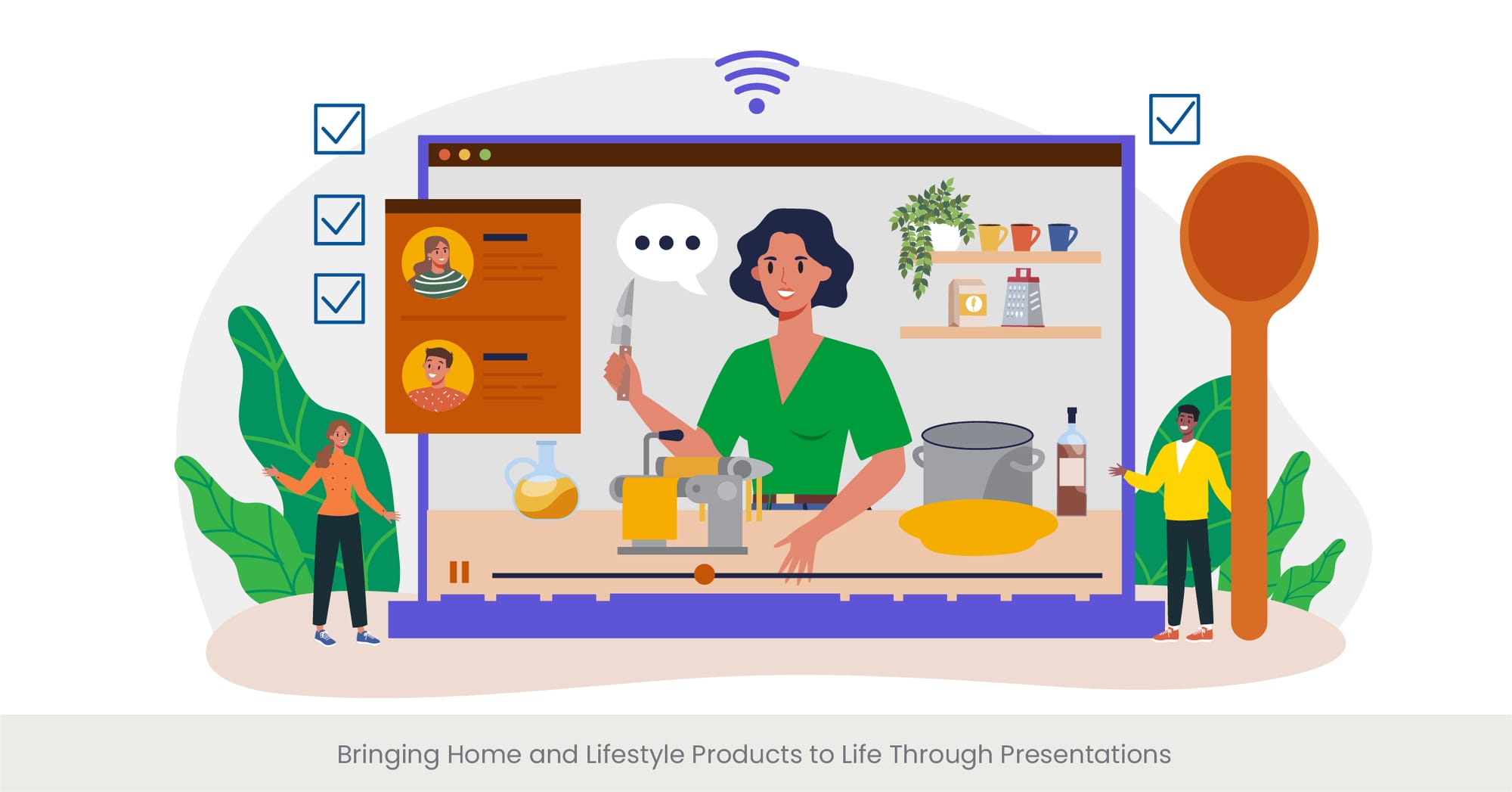

%20(1).jpg)
%20(1).jpg)


